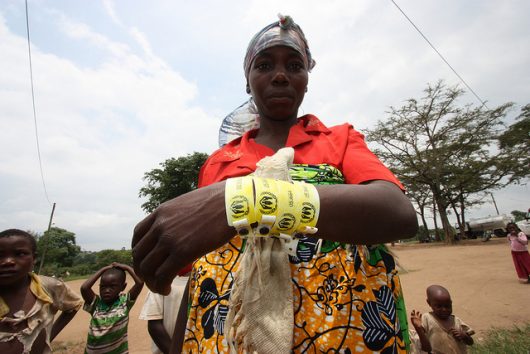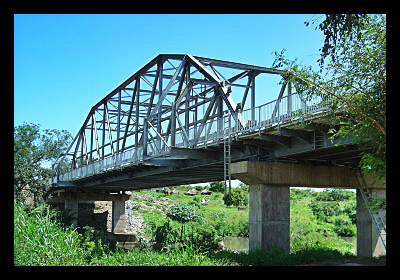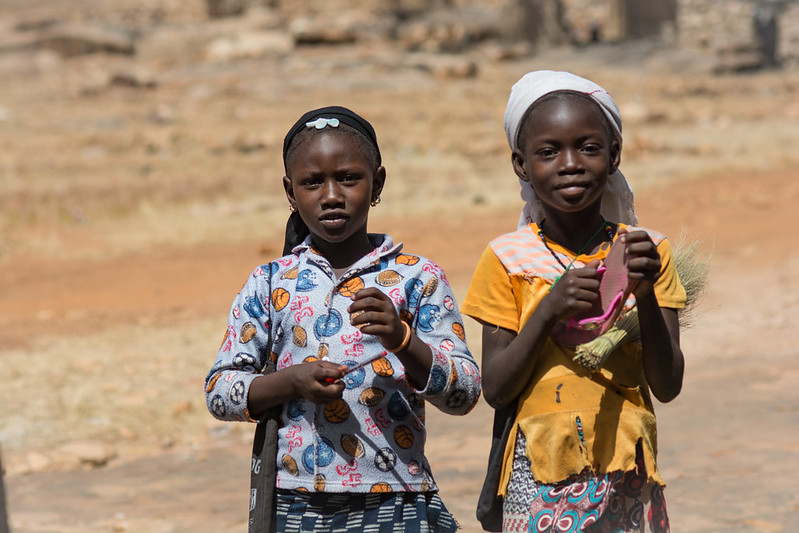
Mali is a country where human trafficking is widespread, according to the U.S. State Department. This suggests that the government of the western African country is failing to achieve the bare minimum for abolishing the practice. Instead, Mali has increased some of its prevention efforts — at least since 2017. Mali is not overlooking trafficking, according to many observers. In fact, the government is attempting to stop human trafficking in Mali.
The Situation in Mali
Despite its ranking, the Malian government is making strides to remedy its human trafficking conundrum. These initiatives include educating judges, prosecutors and law enforcement officers on human trafficking, as well as issuing a directive prohibiting minors from entering military installations.
Further actions aimed at combating human trafficking include government collaboration with international groups such as the Fodé and Yeguine Network for Action, and the Ministry of Women, Children and Families. In addition, the government has concentrated efforts amending an old anti-trafficking law as recently as 2019.
Mali’s justice minister has issued an order requiring judicial officials to give priority to cases brought under the original statute. Due to the absence of an integrated process to gather anti-trafficking statistics, law enforcement material previously was fragmentary and thereby challenging to access. The 2019 amendment sought to establish a unified strategy for data collection.
Mali is one of the poorest countries in the world, with more than 42% of its total population living below the poverty line, according to the World Bank. The coronavirus pandemic didn’t help, as a recession dropped Mali’s gross domestic product by nearly 2%. Additionally, nearly seven in 10 adults in Mali cannot read or write, indicating a scarcity of education.
The Correlation Between Malian Poverty and Human Trafficking
Mali has been beset by instability and violence since a 2012 military coup d’état and the capture of the northern territory. The country remains in a state of desperation due to its economic and social crises. The financial insecurity has made it simple — as many observers viewed — to fall victim to human trafficking practices.
Mali falls short of meeting the minimal benchmarks for the abolition of human trafficking. As a result, human traffickers can continue to exploit both internal and international victims. Many of these migrants are fleeing crisis zones in Mali, Nigeria and Senegal.
Mali is a supplier, route and destination country for international trafficking, according to the State Department. Lured to Mali with assurances of high-paying jobs, organizations, which include violent fundamentalists like Al-Qaeda “affiliates” abduct many of them. Job seekers also labor to “pay off” fictitious debts that the organizations that invited them to the country in the first place tell them they owe.
Why Mali?
Despite its poverty, Mali is rich in gold and oil. Yet, to benefit from those resources, Mali needs miners. This attracts refugees, women and children, who traffickers could ultimately coerce. Juvenile prostitution and child sex trafficking are common at mining sites. In fact, more than 12% of sex workers at these locations are as young as 15 and as old as 19, according to the U.N. Refugee Agency.
A disproportionate number of males work in certain mines, exposing them to the most heinous types of child labor, including physical, sexual and psychological abuse. “Children are being forced to fight by armed groups, trafficked, raped, sold, forced into sexual or domestic servitude or married off,” Gillian Triggs, the Refugee Agency’s assistant high commissioner for protection, told Reuters in December 2020.
Assistance to Mali
There are many human trafficking solutions, yet they are difficult to implement. Global attention and vigorous effort to alleviate Mali’s exploited and trafficked workers dilemma remain in initial phases. While the U.N., the State Department and a number of non-governmental organizations said they are aware of trafficking issues in Mali, the magnitude and precise volume of trafficking and coerced laborers continue to remain unclear.
To help with these issues, the Roman Catholic Church-affiliated Caritas Mali has assembled an international team to build an initiative alongside the International Catholic Migration Commission, providing underprivileged individuals and children with alternative income and skill development opportunities.
Mali’s education system is deficient, and this new initiative may make fewer people desire to work in deplorable conditions. Many believe that human trafficking thrives on the instability that poverty creates. Thus, eliminating poverty could then, in turn, mitigate trafficking problems.
Many groups are attempting to assist those in poverty in Mali including Action Against Hunger. To date, it has helped more than 400,000 people gain access to nutrition and health programs, food security programs and sanitation programs. Another organization providing aid is the U.S. Agency for International Development’s Office of Food for Peace, which collaborates with the U.N. World Food Program to deliver financial assistance and meals to families that dislocation, violence, environmental catastrophes and other crises have impacted.
Save the Children is another organization helping nearly 1.5 million Malian children in 2020 by giving food and protection. The organization says it effectively raised 232,000 children out of poverty.
The work of Save the Children, Action Against Hunger and the U.S. Agency for International Development’s Office of Food for Peace are helping reduce the symptoms of poverty such as food insecurity and poor sanitation. These efforts should subsequently reduce people’s vulnerability and eliminate human trafficking in Mali.
– Tiffany Lewallyn
Photo: Flickr


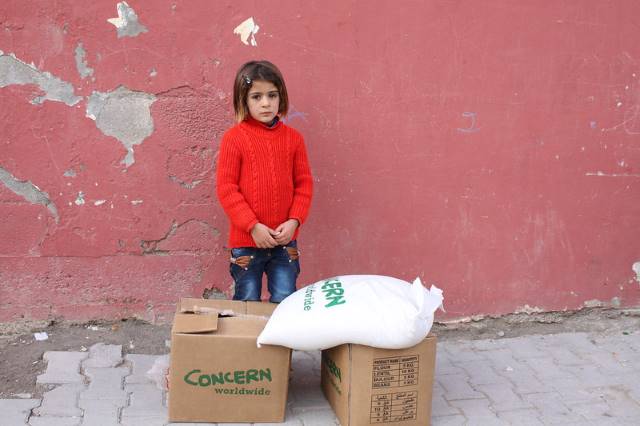 In London in the United Kingdom, both Syrian children and adults seeking refuge in the nation are grappling with mental health challenges and post-traumatic stress disorder (PTSD) as a result of the conflict in Syria. Syrian refugee children are at high risk of depression, anxiety and other forms of mental illness after experiencing high levels of trauma. These untreated trauma-related mental and behavioral disorders that form the Syrian mental health crisis serve as threats to physical well-being, academic performance and economic prosperity.
In London in the United Kingdom, both Syrian children and adults seeking refuge in the nation are grappling with mental health challenges and post-traumatic stress disorder (PTSD) as a result of the conflict in Syria. Syrian refugee children are at high risk of depression, anxiety and other forms of mental illness after experiencing high levels of trauma. These untreated trauma-related mental and behavioral disorders that form the Syrian mental health crisis serve as threats to physical well-being, academic performance and economic prosperity.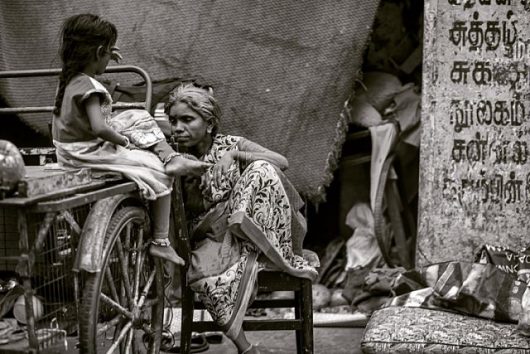 The Indian government recently published its National Register of Citizens (NRC) for the State of Assam, cataloging the names and personal information of its citizens. The list has brought about controversy in light of the omission of an estimated four million residents of Assam, a state known for being a haven for Bangladeshi migrants and refugees.
The Indian government recently published its National Register of Citizens (NRC) for the State of Assam, cataloging the names and personal information of its citizens. The list has brought about controversy in light of the omission of an estimated four million residents of Assam, a state known for being a haven for Bangladeshi migrants and refugees.